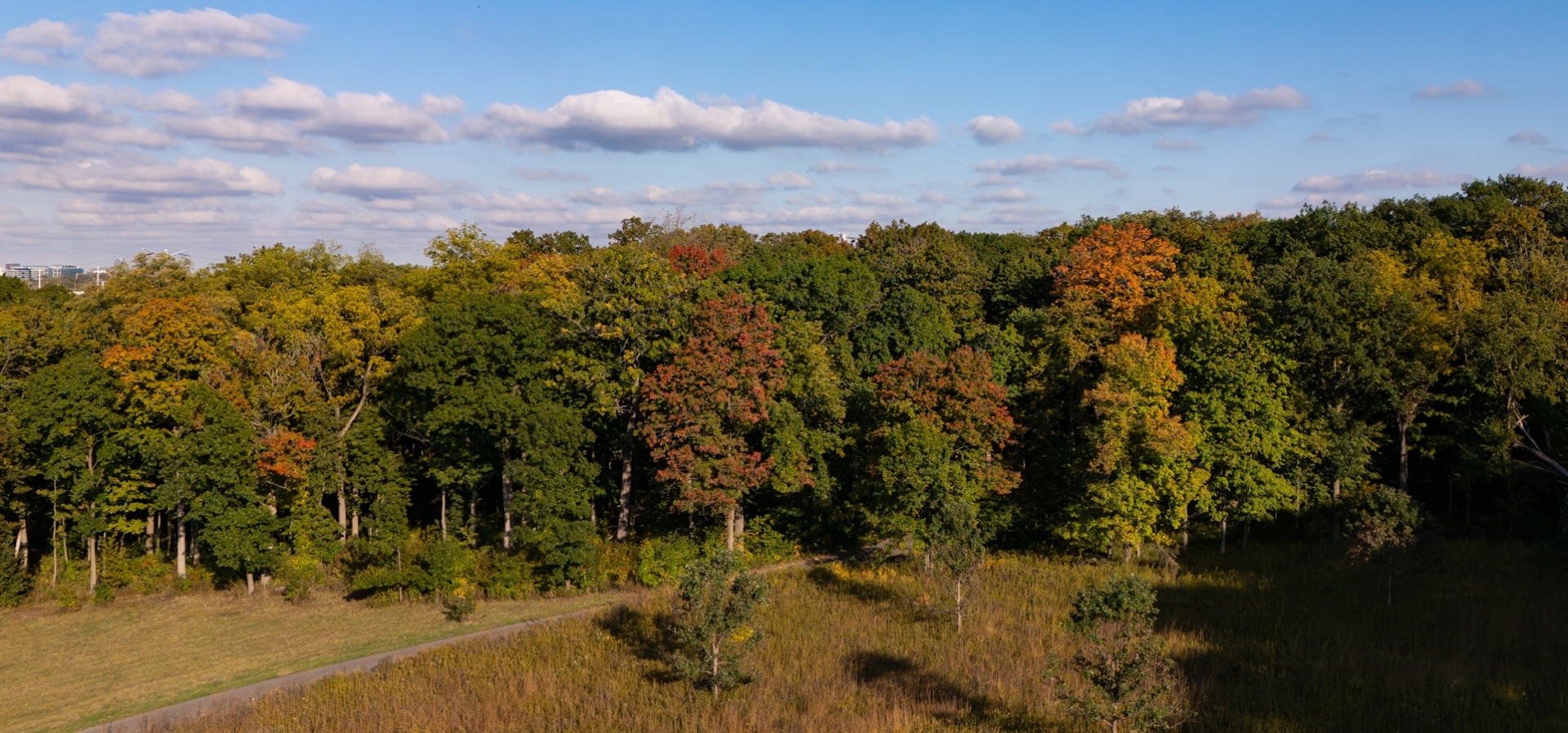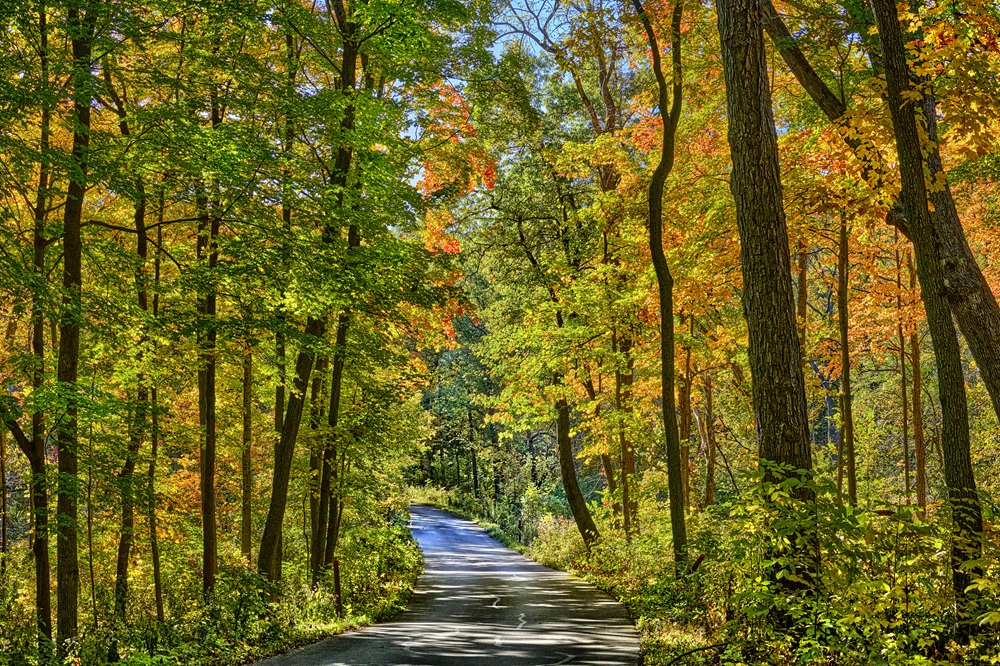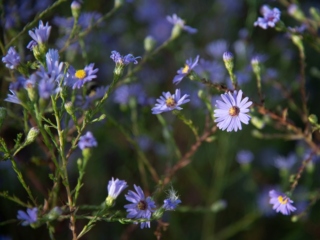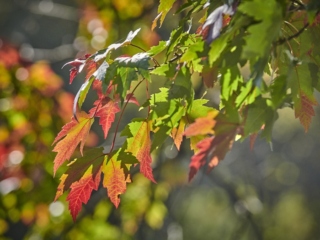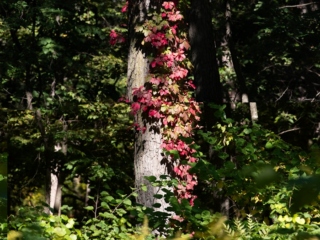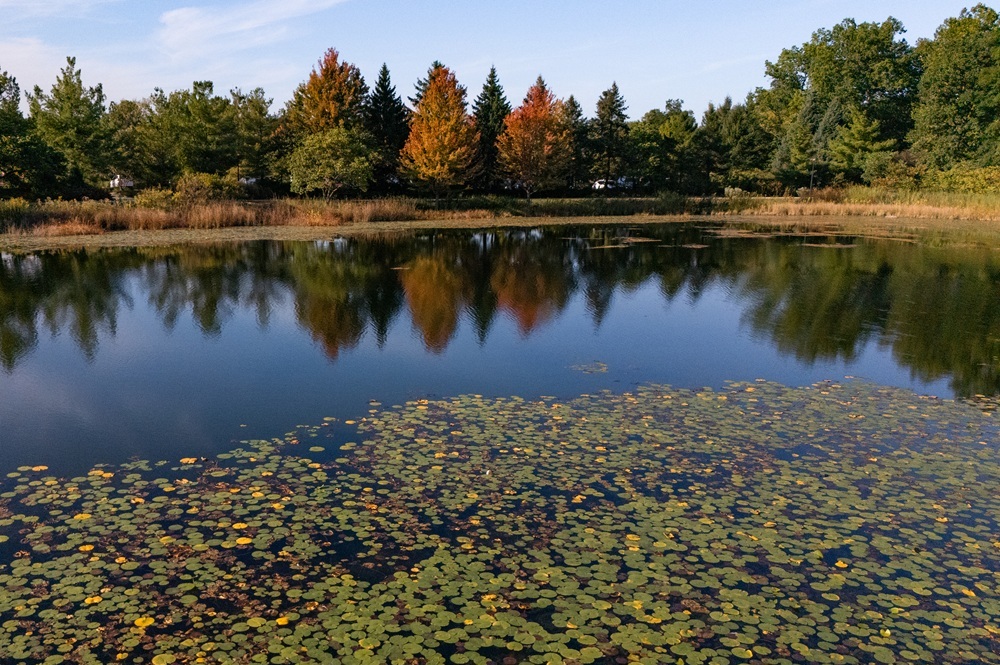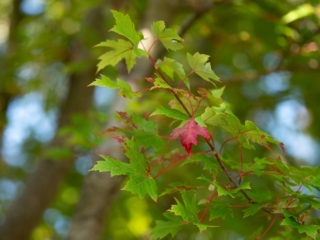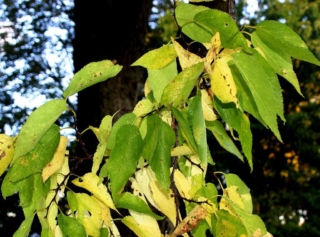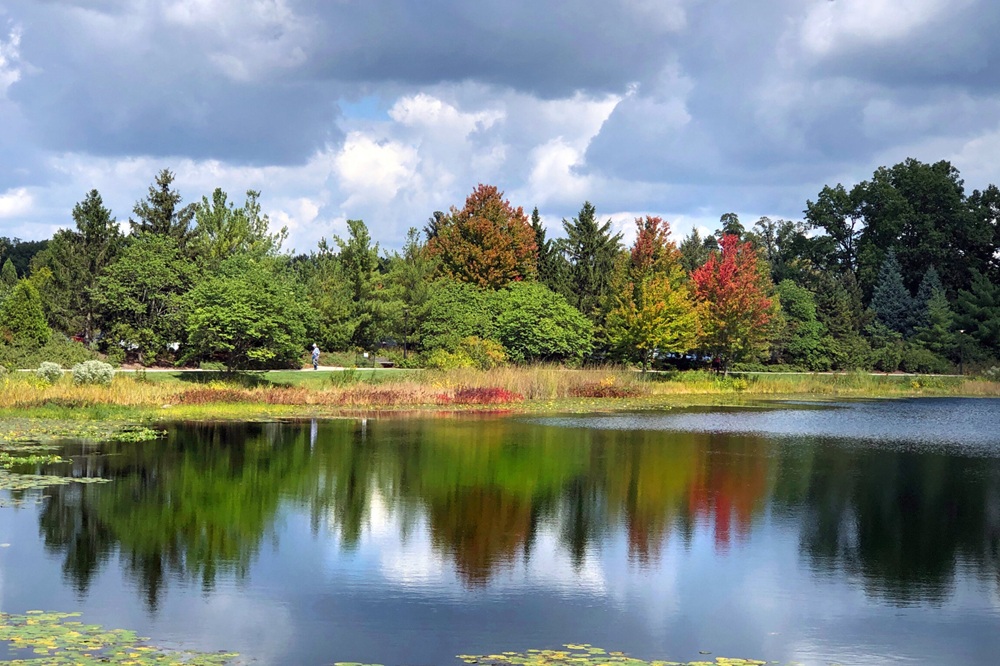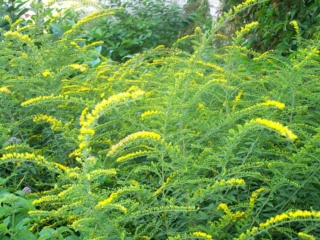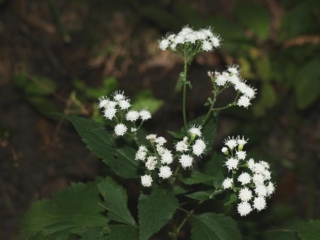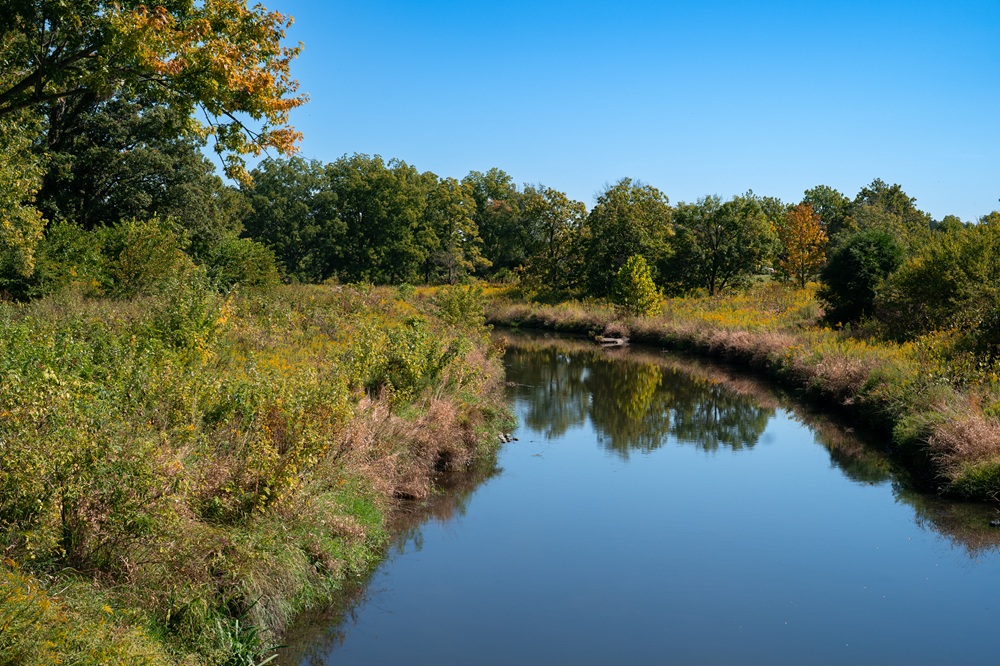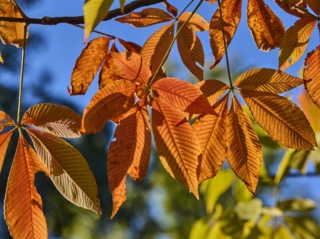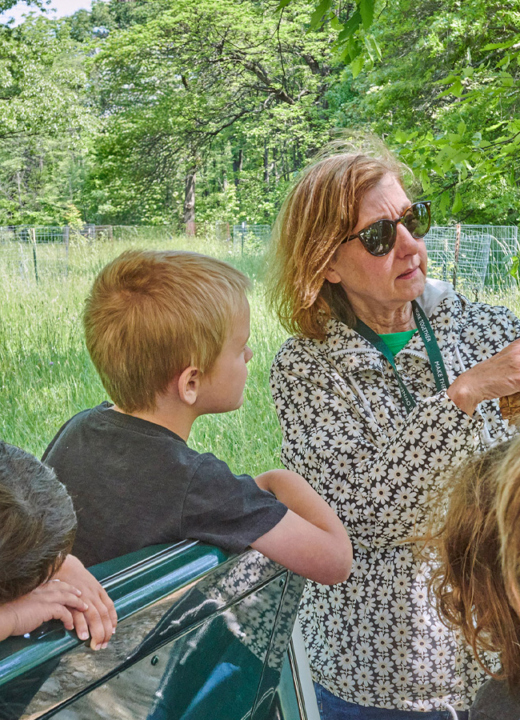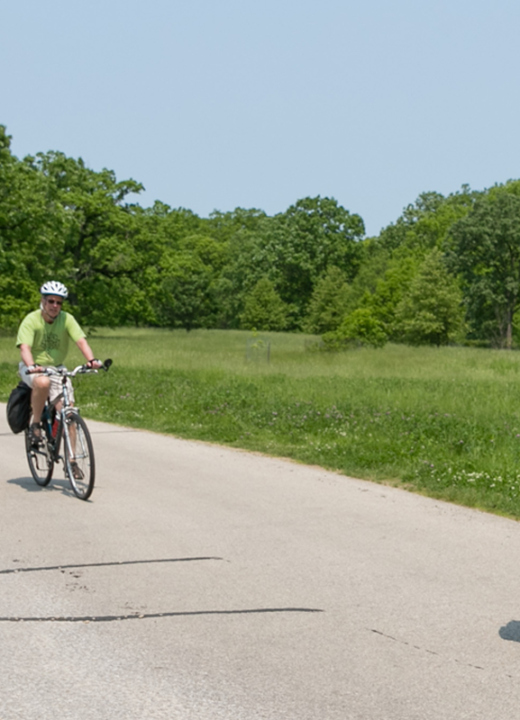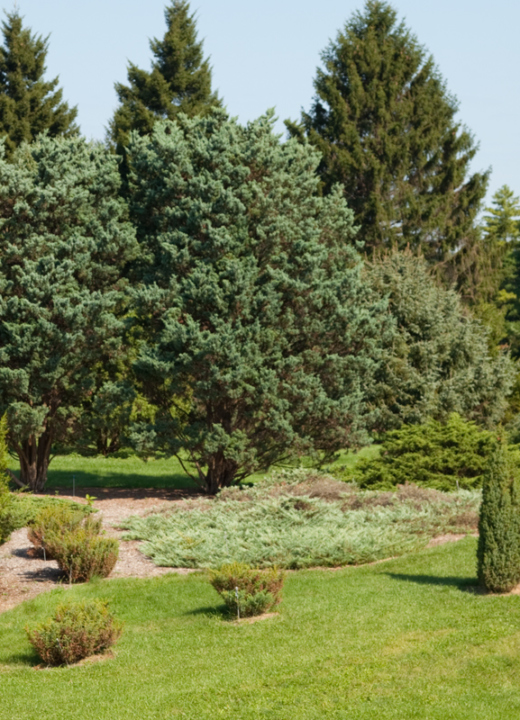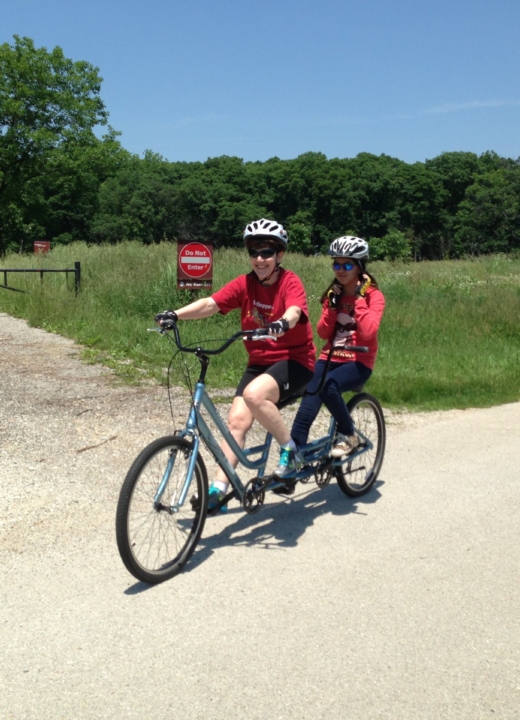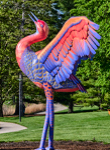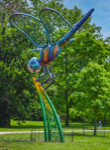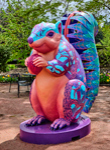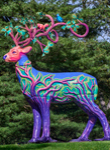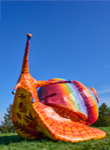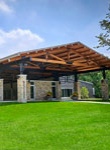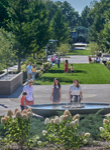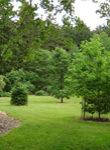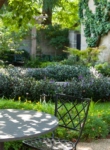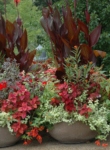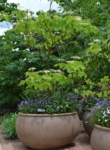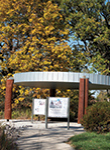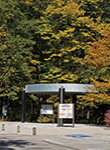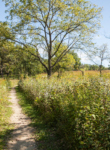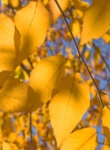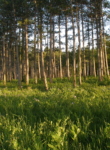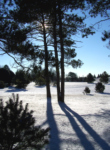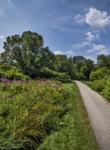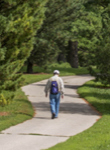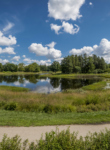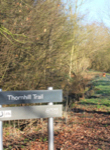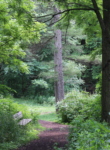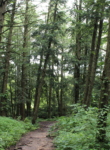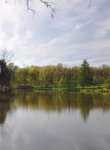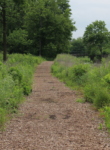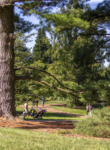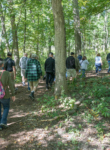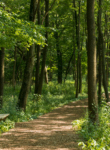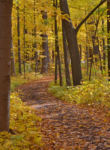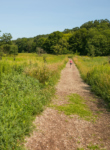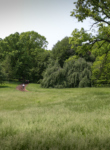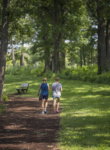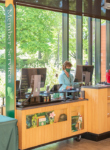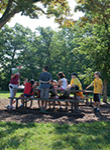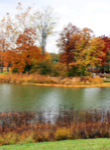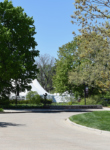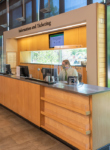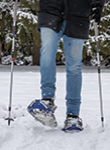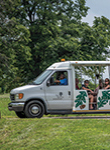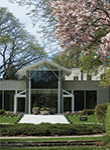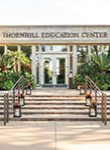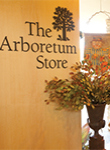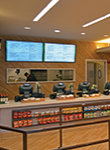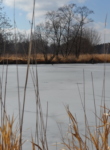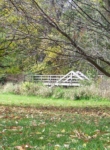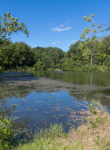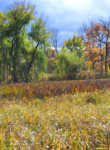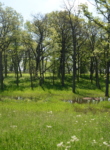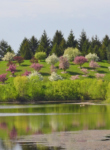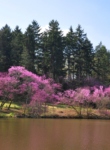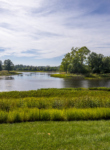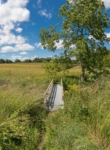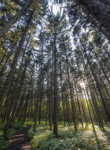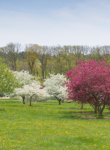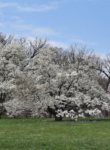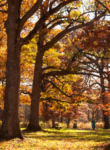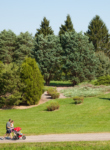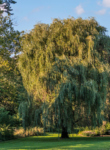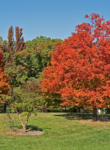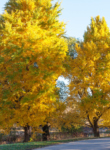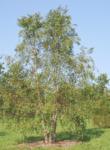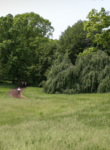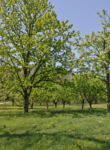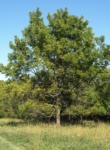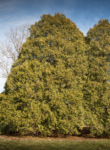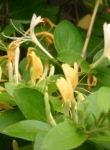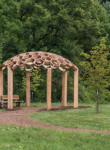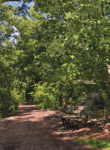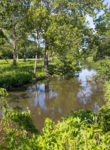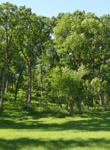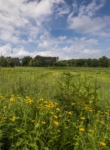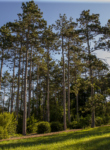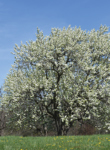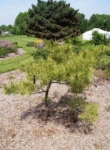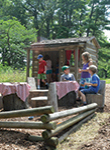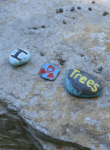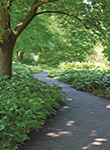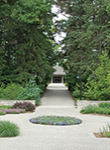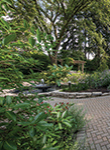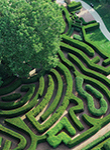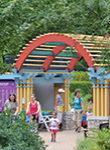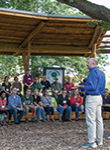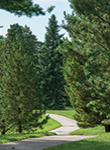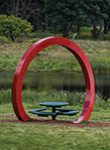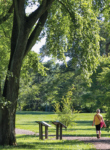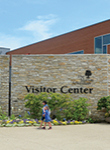Slider
Slider controls
Fall color as of Wednesday, October 22, 2025
Red, orange, yellow, and gold have begun to color the trees and woodlands of The Morton Arboretum. Green still predominates, but an increasing number of leaves are turning yellow and in some cases red.
With a recent shift to cooler weather, the changes are coming quickly and leaves are falling along the trails. Plants in the understory of the woods are turning yellow, and more yellow color is coming to trees and shrubs including redbud, yellow buckeye, walnut, hickory, tuliptree, honey-locust, bottlebrush buckeye, catalpa, pawpaw, and American Elm. Reds and purples are developing on sassafras trees, viburnums, and sumacs.
Sugar maples in our East Woods are beginning to turn. Most are yellow in the understory, but some oranges and reds are appearing in treetops exposed to the sun.
Among the places with increasing fall color are:
- Plants of northern Illinois near parking lot P-2
- The overlook from Frost Hill across the river valley at parking lot P-3
- Honey-locusts and bottlebrush buckeyes near parking lots P-7 and P-14
- The trail through the Maple and Beech collections between parking lots P-8 and P-15
- The East Woods trails between parking lots P-10 and P-14
- Pawpaw trees near parking lot P-16
- Sumacs near parking lots P-16, P-18, and P-25
- Catalpa trees near the Thornhill Education Center and the Fragrance Garden near parking lot P-21
- Witch-hazels north of Lake Marmo at parking lot P-27
- Sumacs and prairie plants at the Schulenberg Prairie at parking lot P-25
- Hickory and pecan trees near parking lot P-25
Fall color has been restrained by the hot weather and lack of rain in early fall, which has stressed the trees. With the coming of cooler temperatures, especially at night, the colors have started to develop faster. How quickly the colors will come and how long the leaves will last depends on the weather.
Every day brings change and new color combinations. Fallen leaves along the woodland trails bring the bright leaves close for us to see. Visit The Morton Arboretum often so you don’t miss any of the splendor of trees in autumn.
Fall Color Highlights
Buckeyes
The leaves of buckeye trees turn yellow-orange in early fall. Buckeyes are named for their dark brown seeds, which resemble the eye of a deer.
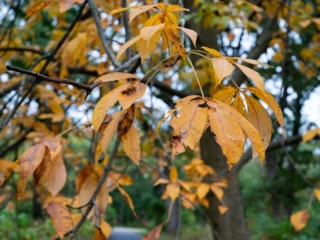
Honey-locust
Honey-locust is a fast-growing native tree commonly used for landscaping in the Chicago region. Its dark reddish-brown pods are a favorite food source for wildlife.
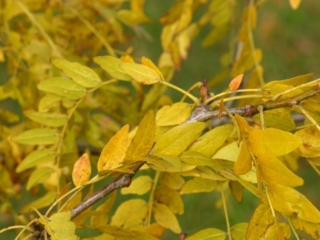
Redbud
Redbud trees are best known for purplish-pink flowers that bloom in April and May, but their heart-shaped leaves turn to a clear yellow or yellow-green in fall.
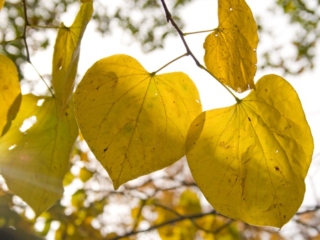
Sassafras
Sassafras is a North American native tree that provides vivid fall color and interesting mitten-shaped leaves. Female trees bear dark blue, berry-like fruit on bright red stalks.
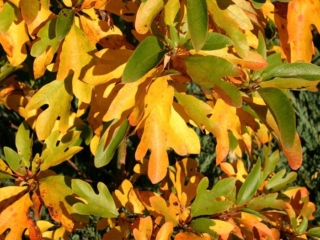
Sugar maple
Sugar maple is a Midwest native tree loved for its exceptional fall color, ranging from brilliant yellow to burnt orange.
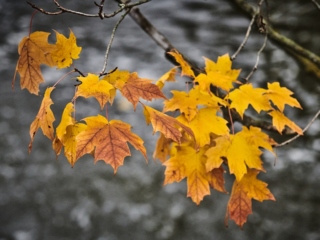
Sumacs
Sumacs bring outstanding color to the autumn woodlands, from yellow and orange to deep red and purple. Dense, fuzzy clusters of dark red fruits appear in early fall and often last through the winter.
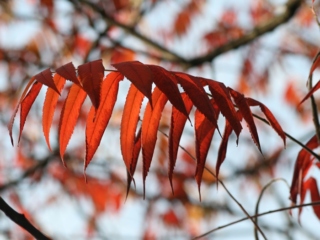
About the Fall Color Report
The Fall Color Report is written by The Morton Arboretum’s manager of plant records, Ed Hedborn. It is typically published on Wednesdays throughout the fall to help guests plan their weekend visits. The Arboretum also publishes a weekly Bloom Report in springtime.
